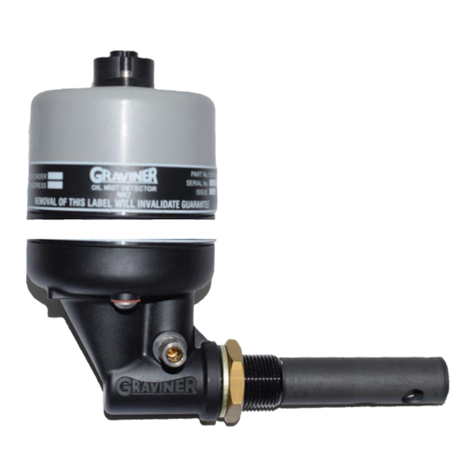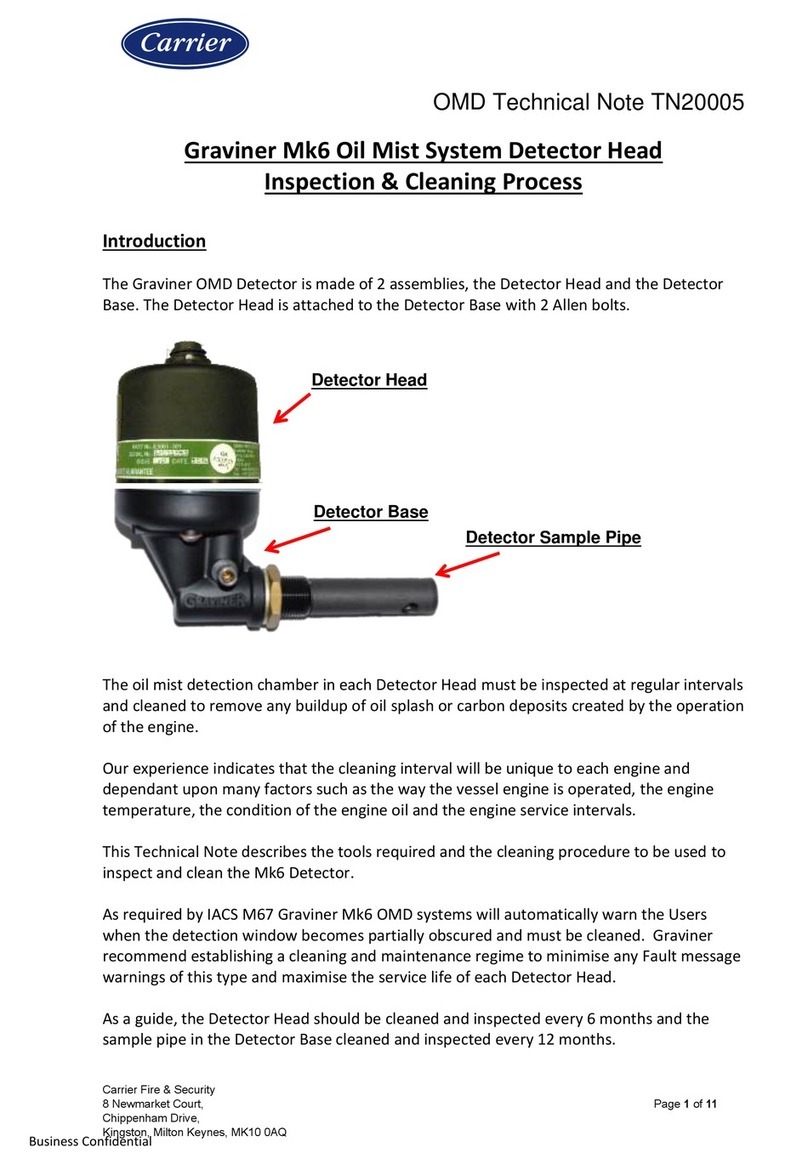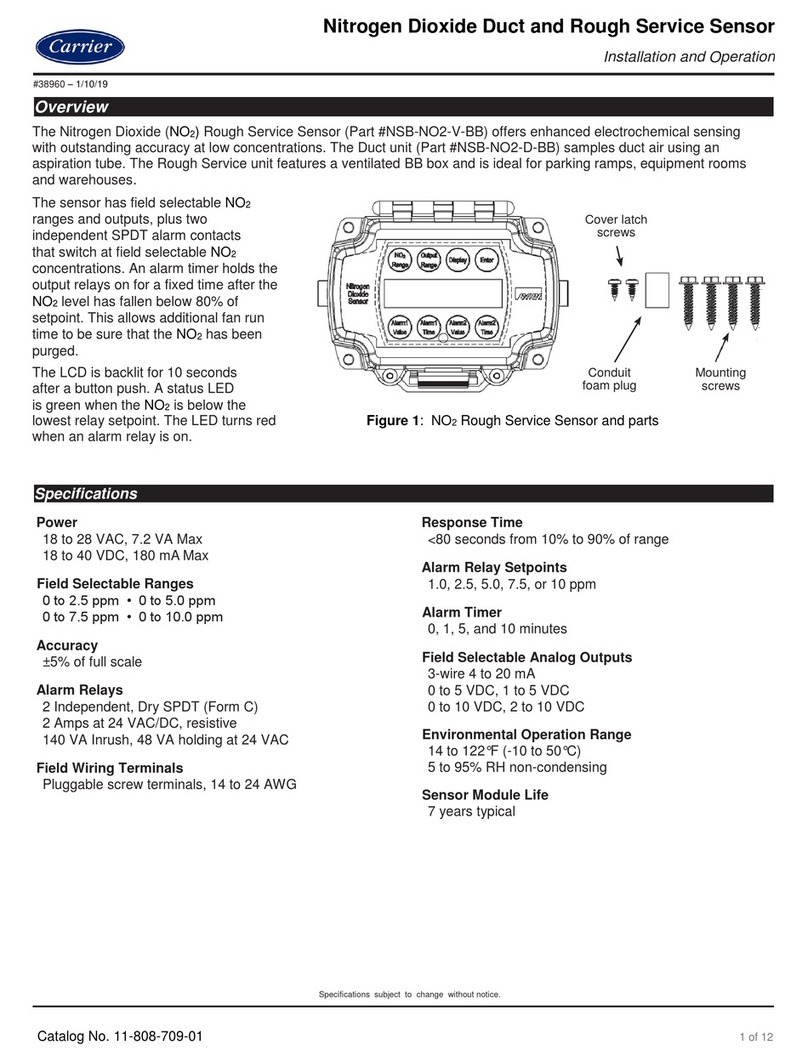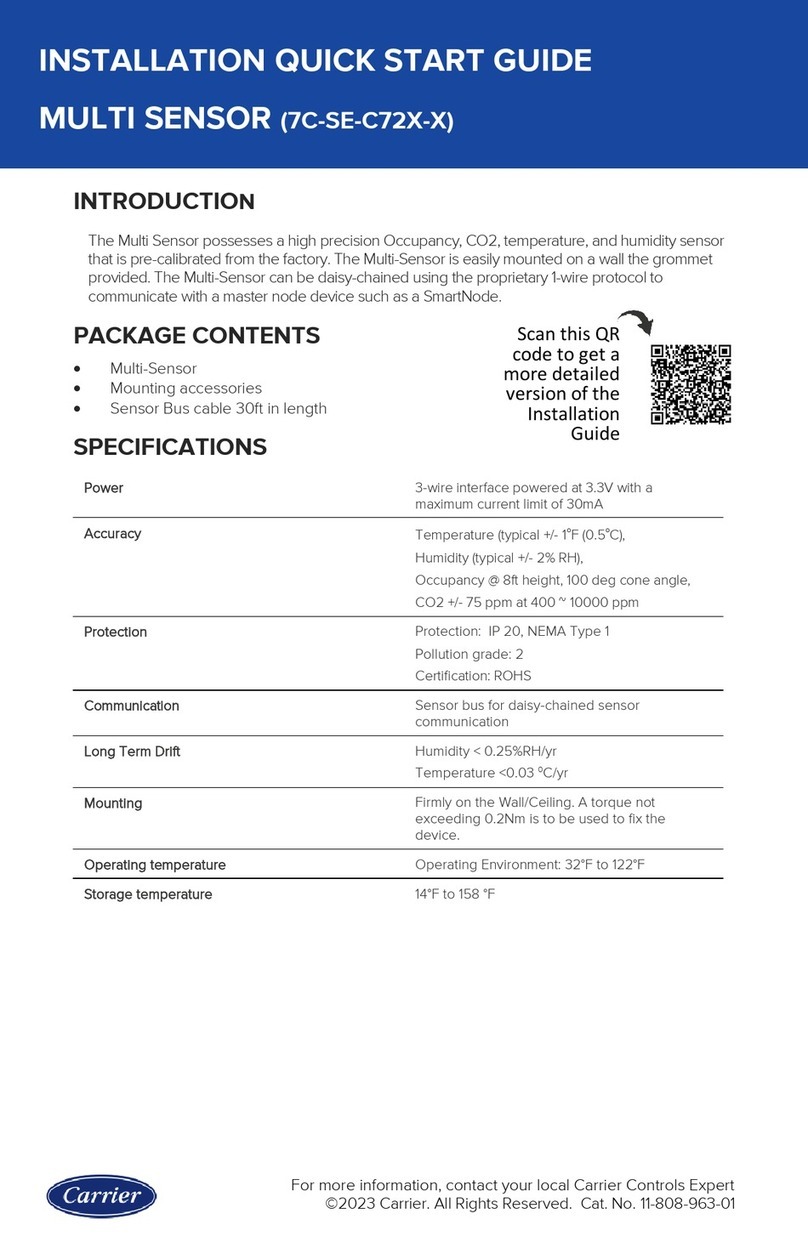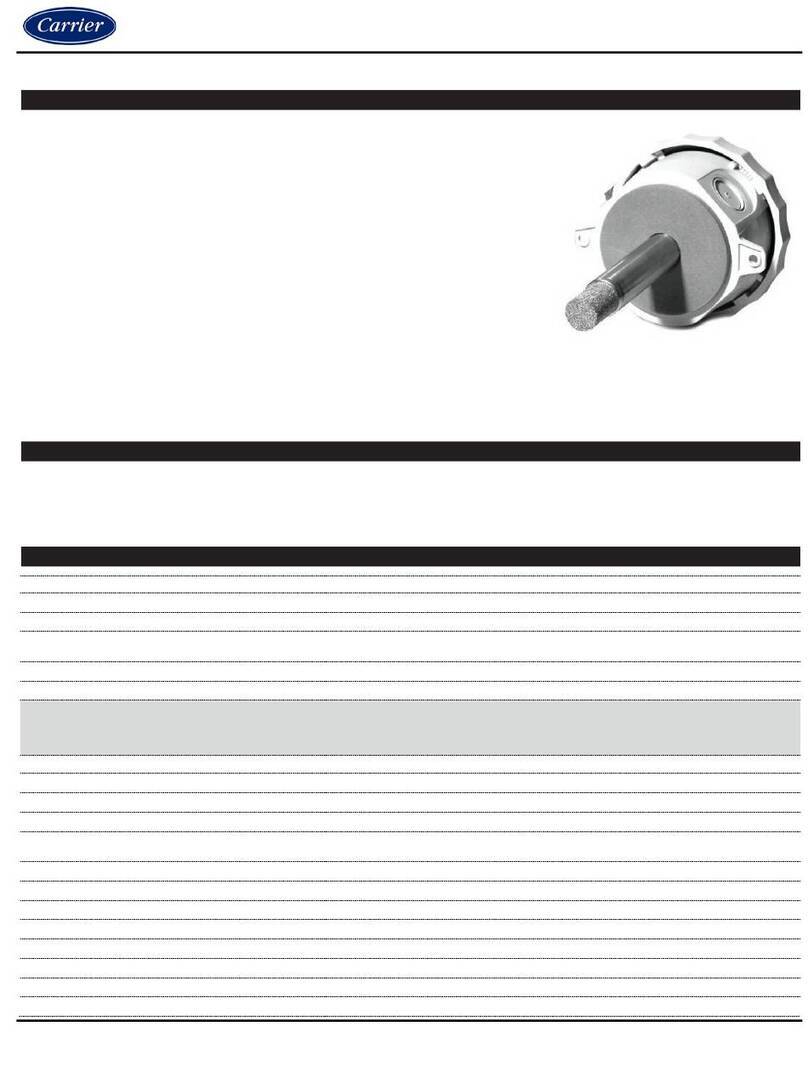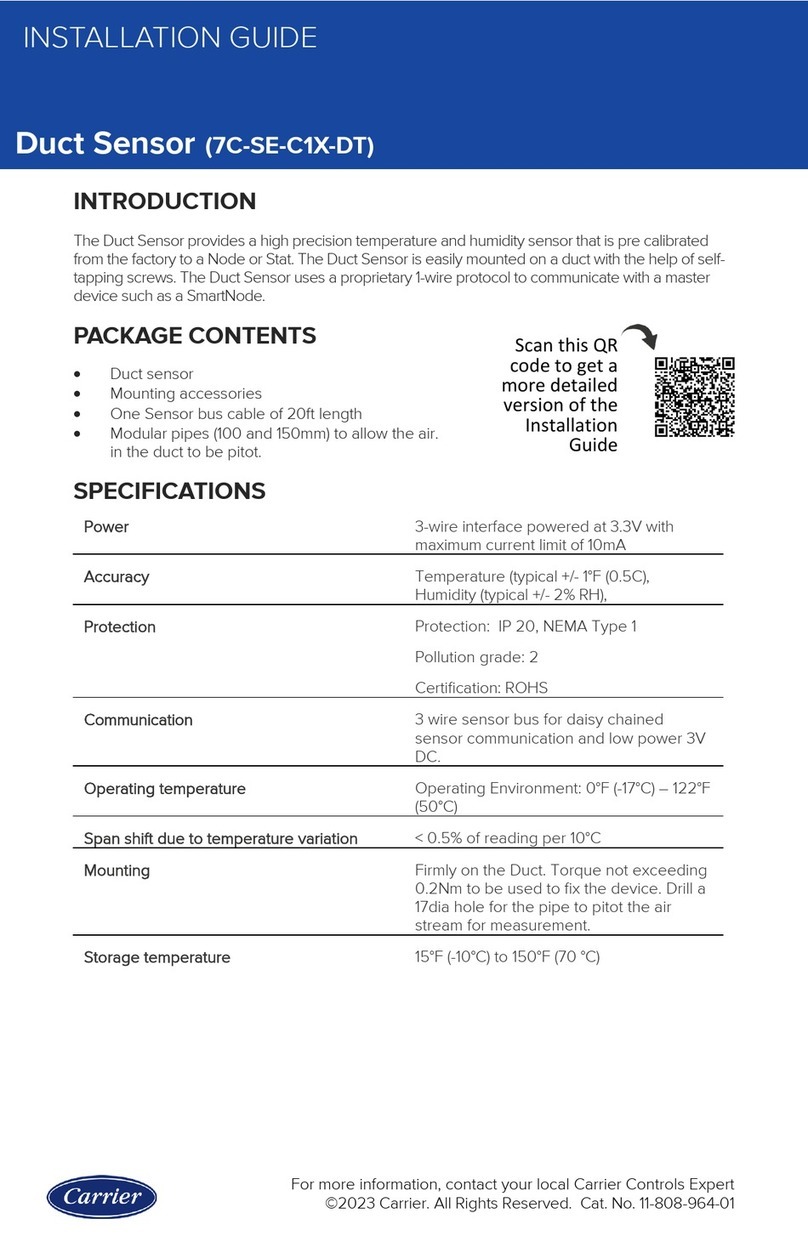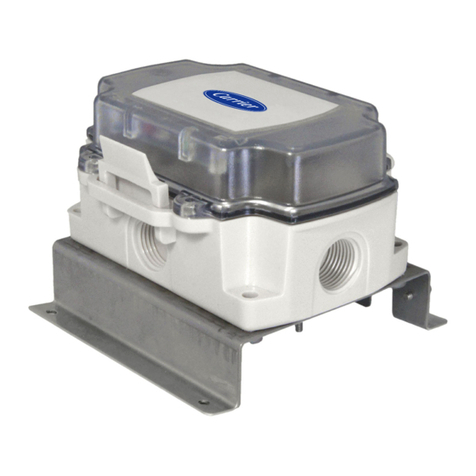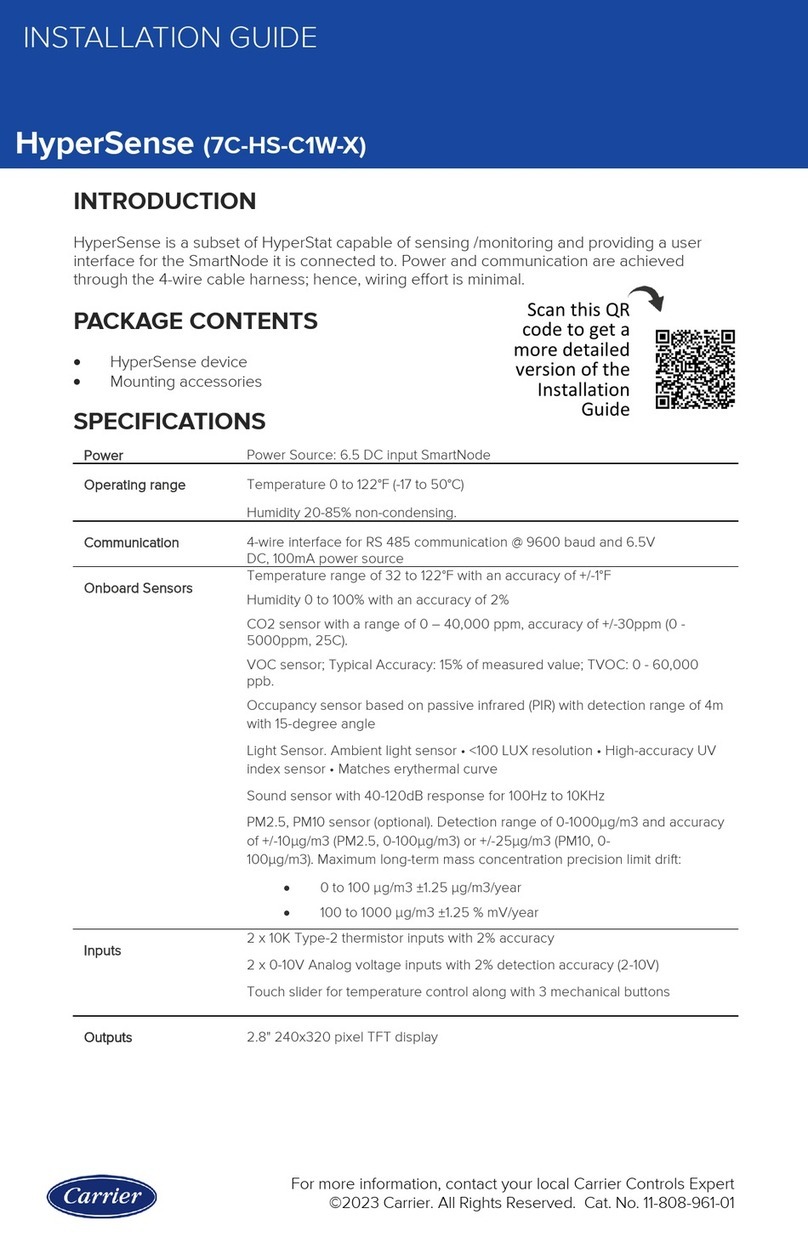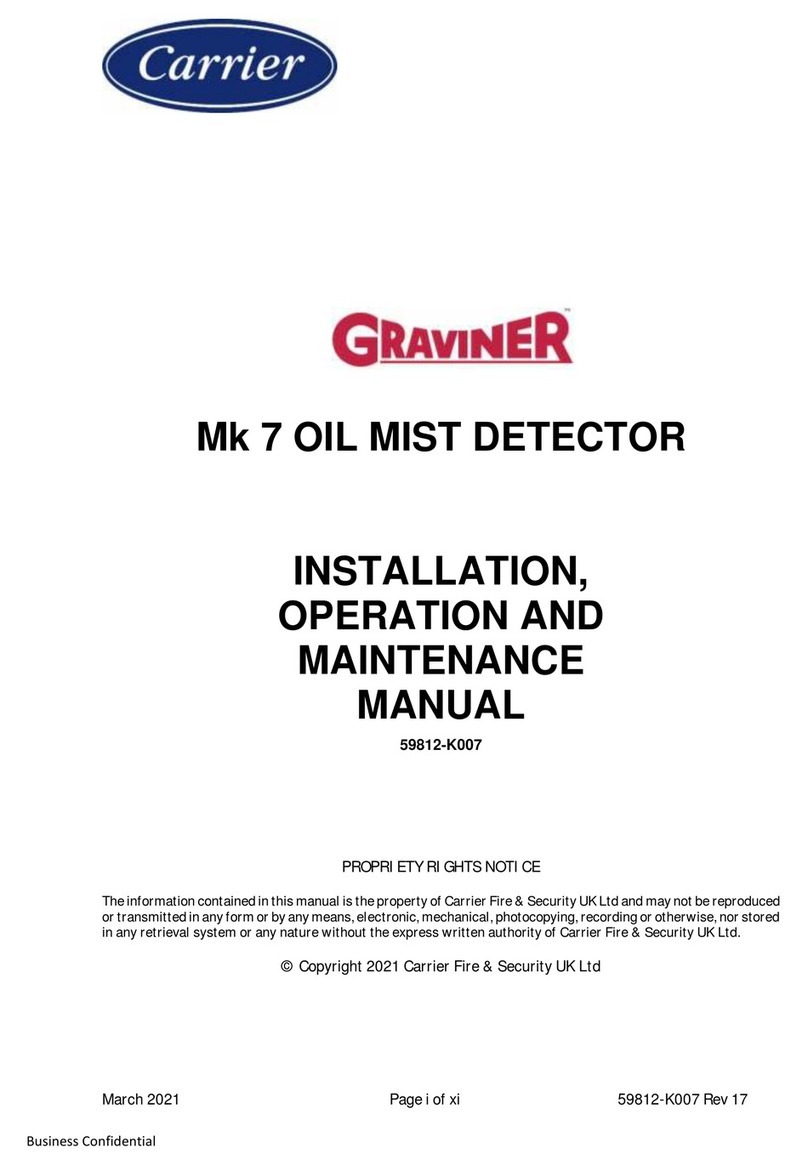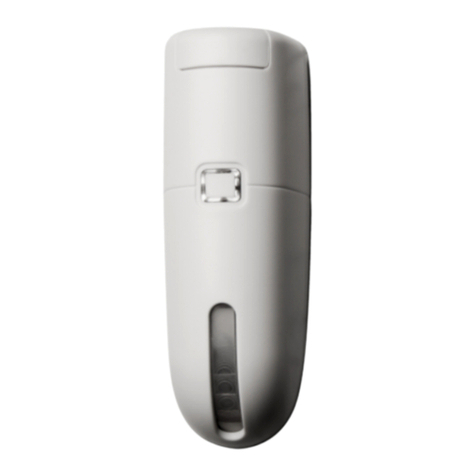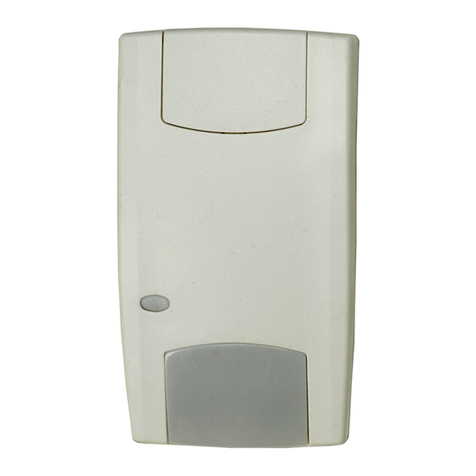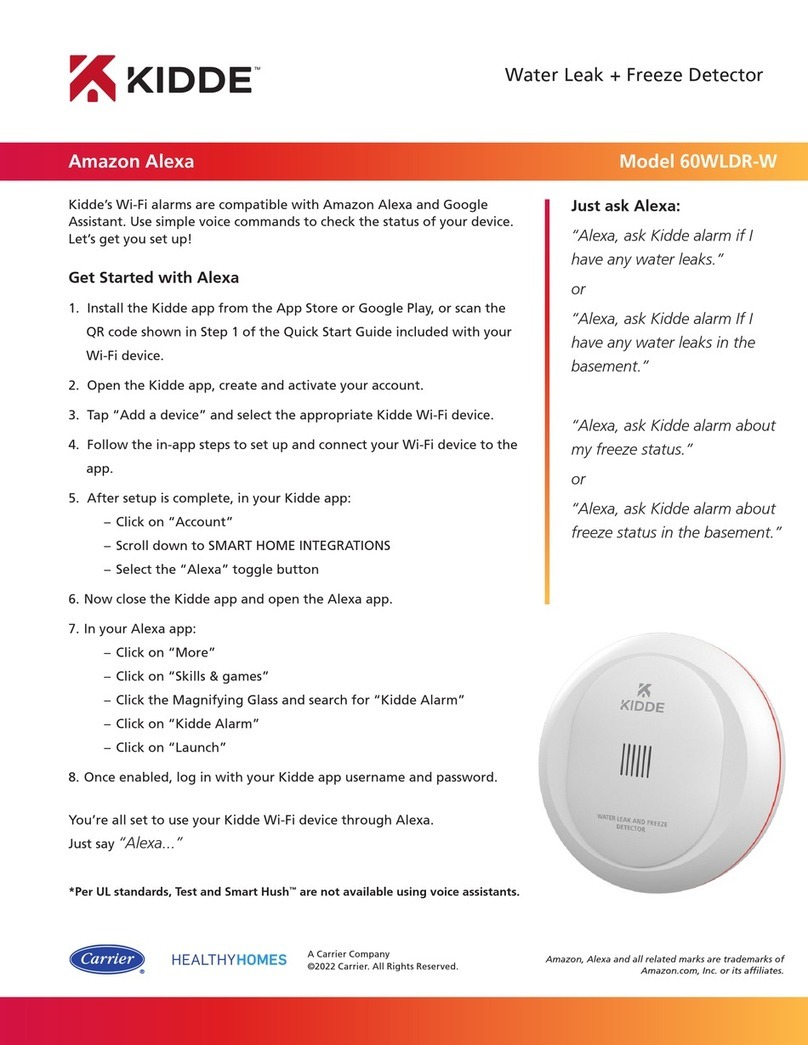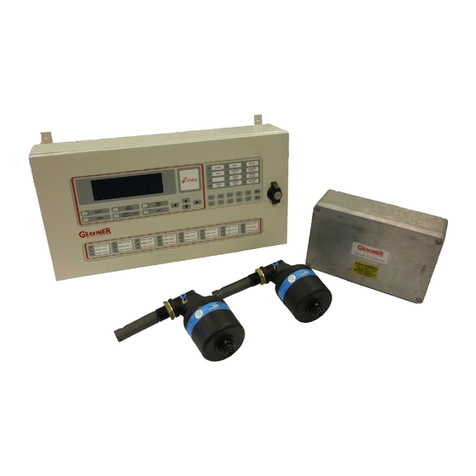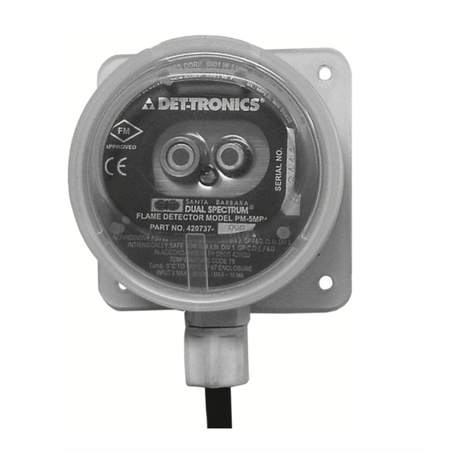
Carrier Sensors i
Table of Contents
Introduction to Carrier sensors................................................................................................................................... 1
SPT sensors.................................................................................................................................................................. 3
SPT sensor specifications....................................................................................................................................4
Rnet Configuration ...............................................................................................................................................5
To address an SPT Standard sensor..................................................................................................................5
Rnet wiring specifications ...................................................................................................................................5
Mounting location.................................................................................................................................................6
To wire and mount the SPT sensor ....................................................................................................................6
Using an SPT sensor.............................................................................................................................................8
To change sensor properties...............................................................................................................................9
To communicate through the sensor's Local Access port........................................................................... 10
Troubleshooting SPT sensors........................................................................................................................... 10
Alternate space temperature sensor .......................................................................................................................11
Sensor specifications ........................................................................................................................................ 12
Wiring specifications......................................................................................................................................... 12
Mounting location.............................................................................................................................................. 13
To wire and mount the sensor ......................................................................................................................... 13
To change a T59 sensor's options................................................................................................................... 14
Supply Air Temperature sensor ................................................................................................................................17
SAT sensor specifications................................................................................................................................. 17
Wiring specifications......................................................................................................................................... 18
Mounting location.............................................................................................................................................. 19
To wire and mount the SAT sensor ................................................................................................................. 19
Duct Air Temperature sensor....................................................................................................................................20
DAT sensor specifications ................................................................................................................................ 20
Wiring specifications......................................................................................................................................... 21
Mounting location.............................................................................................................................................. 21
To wire and mount the DAT sensor................................................................................................................. 22
Outdoor Air Temperature sensor..............................................................................................................................23
OAT sensor specifications ................................................................................................................................ 23
Wiring specifications......................................................................................................................................... 24
Mounting location.............................................................................................................................................. 24
To wire and mount the OAT sensor................................................................................................................. 25
Primary Air Temperature sensor ..............................................................................................................................26
PAT sensor specifications................................................................................................................................. 26
Wiring specifications......................................................................................................................................... 27
Mounting location.............................................................................................................................................. 27
To wire and mount the PAT sensor................................................................................................................. 28
CO2 sensor.................................................................................................................................................................29
CO2 sensor specifications ................................................................................................................................ 30
Wiring specifications......................................................................................................................................... 30
Mounting location.............................................................................................................................................. 31
To wire and wall-mount the CO2 sensor ........................................................................................................ 31
To wire and duct-mount the sensor ................................................................................................................ 32
CO2/Temperature sensor .........................................................................................................................................33
CO2/Temperature sensor specifications ....................................................................................................... 34
Wiring specifications......................................................................................................................................... 34
Mounting location.............................................................................................................................................. 35
To wire and mount the CO2/Temperature sensor ....................................................................................... 35
